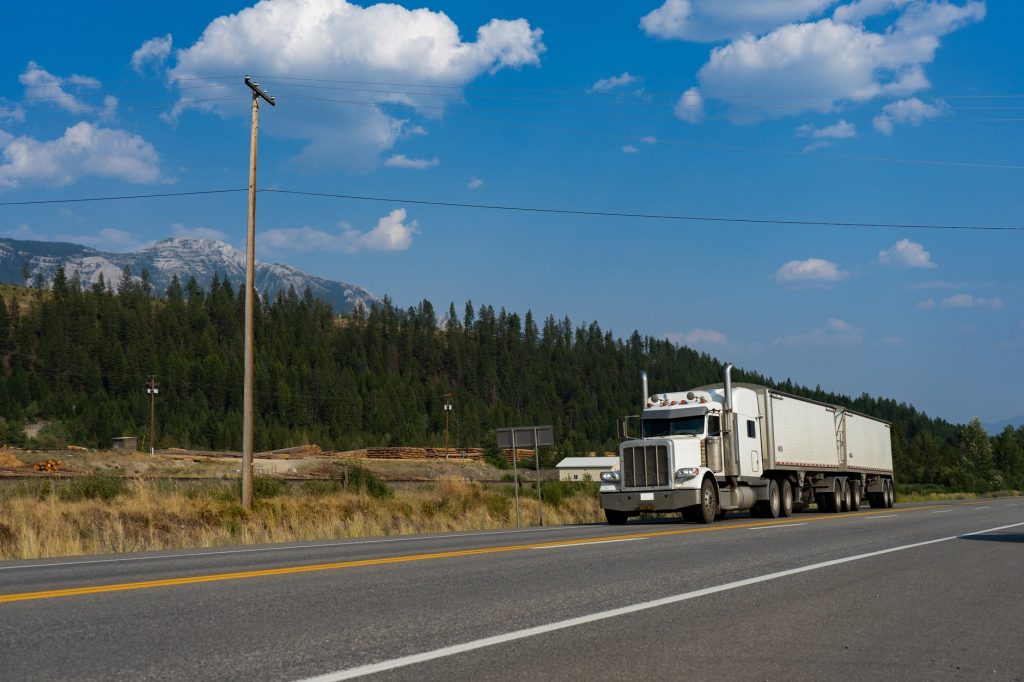
From motorcycles to cars to commercial trucks, all drivers have to share the road. And while semi-trucks are now equipped with accident avoidance technology, according to the Insurance Institute for Highway Safety Report, accidents still occur daily.
Drivers in smaller vehicles are usually at fault for causing accidents, but because large commercial trucks are much bigger than the average car, passenger vehicle occupants suffer many more fatalities and injuries after a collision. Fortunately, there are steps you can take to protect yourself on the road.
Do Not Enter the No Zone
Anyone that has attended driver education classes knows about blind spots. Big rigs have much larger blind spots than most vehicles do. In fact, large trucks have spots where they cannot see at all and visibility is basically zero:
- Areas located immediately behind the rear of the truck’s trailer
- Both the passenger and driver side at the rear of the truck’s trailer
- Certain areas while making turns
These are called No Zones, and if you find yourself in one of these zones, try to immediately slow down or change lanes so that you do not remain there for an extended period of time.
Safe Distance Equals Safe Driving
It’s advised that cars stay several lengths behind the car in front of them. This is even more important with 18-wheelers, so that you do not slide underneath the big rig if it stops unexpectedly. In inclement weather, the distance should be increased even more. If you drive a small car, like a sports car or sedan, and rear end a truck with an elevated back-end, it could smash your windshield and you could sustain serious and even life-threatening injuries.
Danger Ahead. Slow Down.
Most of the time, dangerous conditions are flagged with signs. You may observe a road sign advising of dangerous curves ahead, a steep downhill grade or construction zone. These are all dangerous areas with limited visibility. Because of their large size, semi-trucks find it hard to navigate these areas. Staying your distance and being aware of your surroundings will help protect you in these precarious areas.
Fasten Your Seatbelt
It has been proven time and again that wearing a seatbelt is one of the easiest ways to avoid being injured in accidents. Some reports state that in fatal accidents involving both a big rig and a car, only 65% of drivers were actually wearing their seatbelt. And as some additional food for thought, wearing a seatbelt also helps drivers remain in control. If your vehicle begins to roll, is jarred in a collision or goes off the road, buckling up will help you stay in place and maintain control.
Defensive Driving and Awareness
Some things are common sense. But that being said, defensive driving classes exist for a reason. If you’re following a commercial truck, avoid behaviors such as weaving in and out of your lane, driving up on the shoulder, illegally passing or tailgating. When behind a huge truck, also remember that the truck driver has different capabilities when it comes to breaking, visibility and acceleration. It’s a good idea to avoid sudden acceleration or other unpredictable behavior.
Major Injuries and Large Settlements
Sometimes the families of accident victims win huge settlements. That was the case in New Mexico, when a truck accident law firm won a victim’s family $42 million in a lawsuit against a major trucking company. Safety advocates hope the judgment will help raise safety standards. But until then, an experienced attorney will help you win the largest possible settlement.
